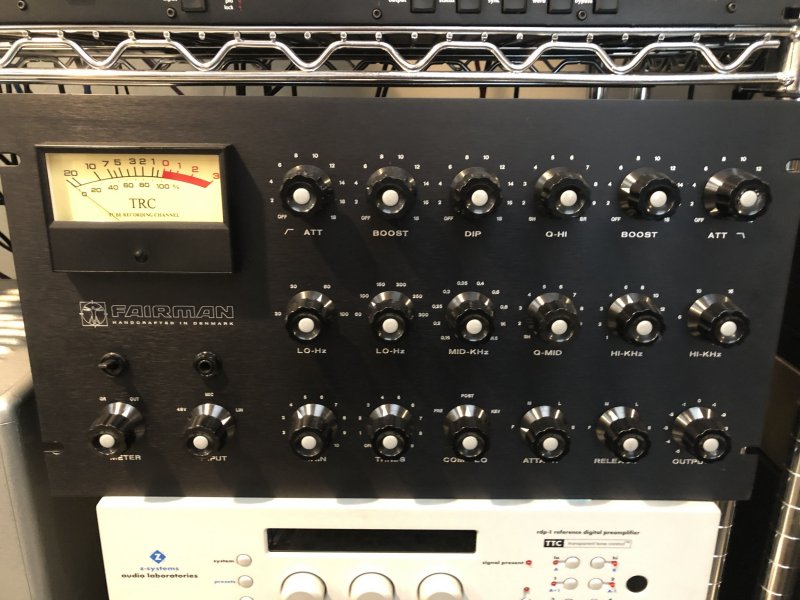If you have a good set of heads, a 1/2" machine running 15ips can do 26KHz. 30 IPS can do better than that, although bass is a problem. I agree that if there is a rolloff, tape can be one of the reasons however. A few dubs down the road is all it takes!
Not really trying to play chess here, just pointing out facts. One of those latter thingys is that most LPs cut today are cut from digital masters. Its pretty rare these days to see a project that was done all analog!
You have skirted all around my observation and theory:
My personal observation is that the difference between the “analog” and “digital” sound reside in their high-frequency contours, where digital playback is able to preserve and reproduce more high frequency content and details than analog, where these fine extended high frequency content is often ”consumed” by the stamping process of the medium, the mechanical to electrical and magnetic transducers‘ conversions that take place before the analog signal gets to the amplification stages. Ironically, the same degradation or “consumption” of these high frequency low level details get ”consumed” in real life during live unamplified performances through distance, from the source by natural absorption, diffusion and native instrument directivity profiles. In other words, analog may mimic the “real-time” live listening experience more accurately of sound through distance, from the source signal degradations, where as digital is more accurate and preserves the original source signal as captured by the local or localized acquisition microphones.
Why don’t you just address it directly? I feel very strongly that what I have observed accounts mostly for the differences. Care to concur with it or counter it?
Last edited:












